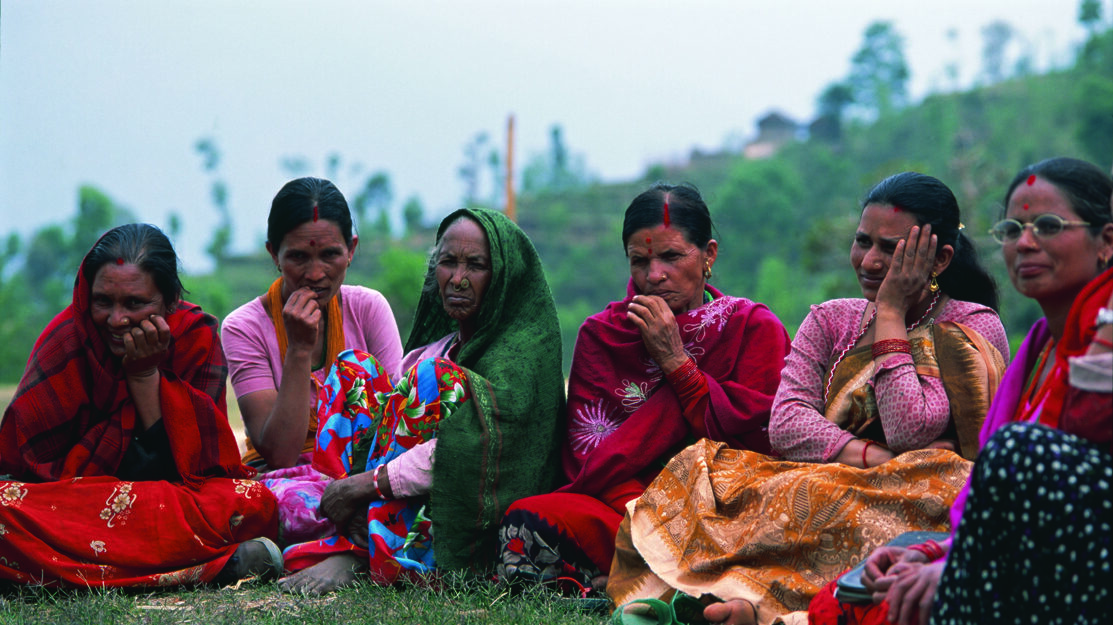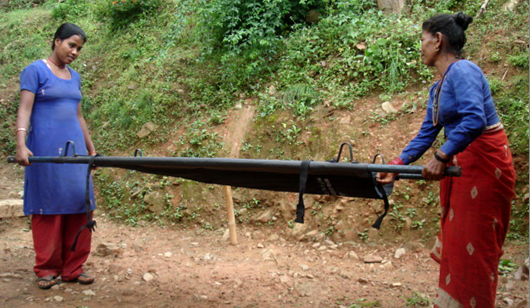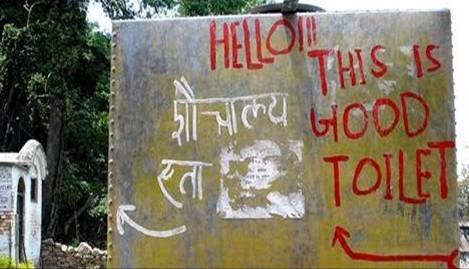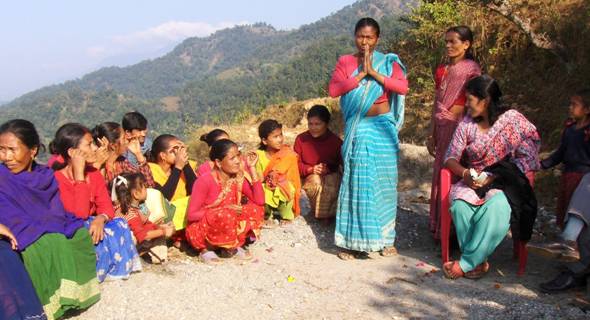2001 – 2008
Public health in Saipu
Faced with poor health conditions, the local population urged Kam For Sud, who in 2001 launched a program to promote public health and prevent bacterial and infectious diseases in the Saipu village, later resulting in the establishment of a health post with a maternity ward.




The first phase of the project focused on improving hygiene and public health in Saipu through simple preventive methods. Specifically, the project pursued the following objectives:
- general improvement of village hygiene conditions through increased awareness and consequent change in sanitary habits;
- construction of toilet facilities;
- development of a micro-saving program to enable easier access to needed treatment and medicine;
- decreasing widespread gender and caste discrimination through greater involvement and empowerment of women, especially low caste women, in the community.
Six social workers from Saipu were trained by Sangeeta Shrestha, a rural development specialist, with the aim of raising awareness about public health among the local population by discussing it in groups: children, women and men separately addressed topics related to hygiene, prevention and treatment of common diseases, daily nutrition, etc., thanks also to extensive educational materials (posters and games).
The original idea behind this program is the search for “positive deviations” within the community. By identifying those families or situations in which, under same initial conditions, better outcomes are observed, they become internal models that are easier to understand and adopt.
In parallel, the construction of quality toilets in the school has led to the proliferation of similar toilets next to village houses. In addition, thanks to the presence of Swiss nurses and doctors, whether civilists or volunteers, at the Saipu health substation, local medical staff has been able to strengthen their professional skills. For more information read civilist Patrick Grassi’s report (IT).
The subsequent construction of a health post with maternity ward was then included in the post-earthquake reconstruction project.
